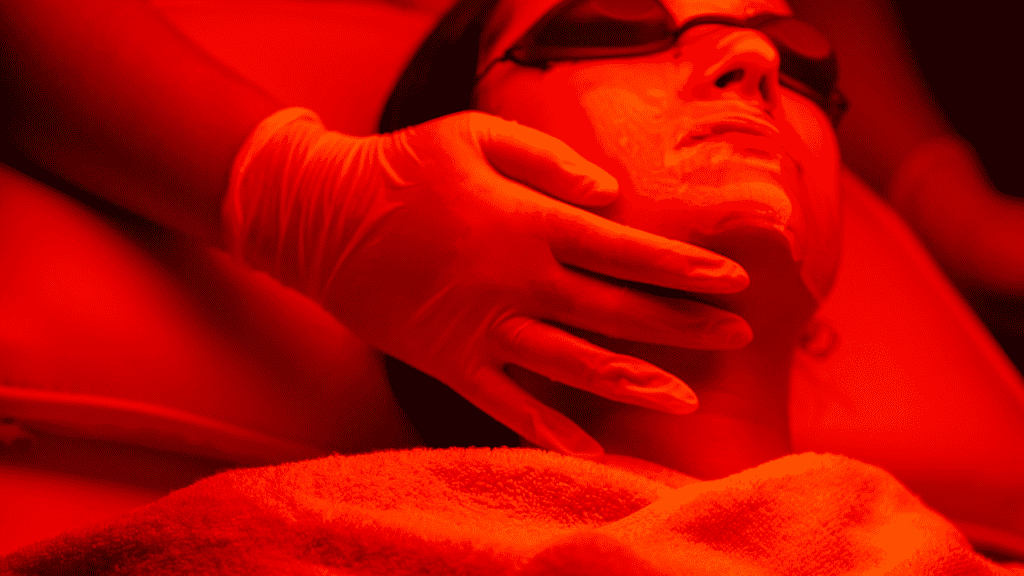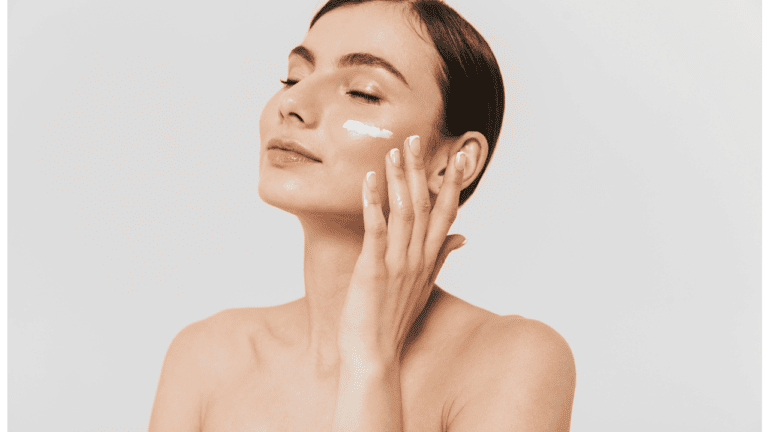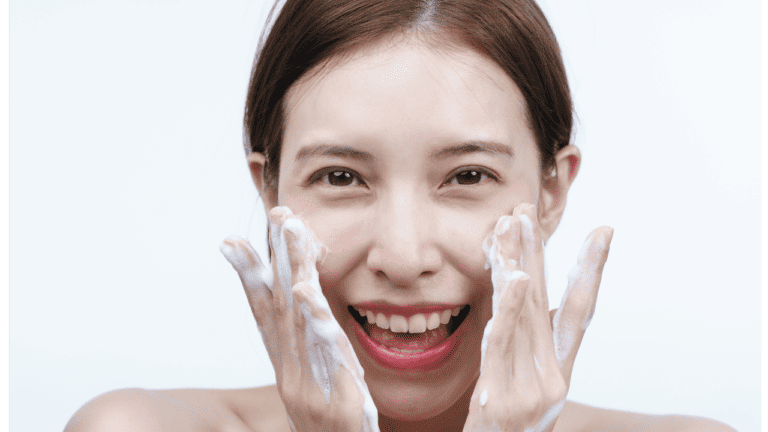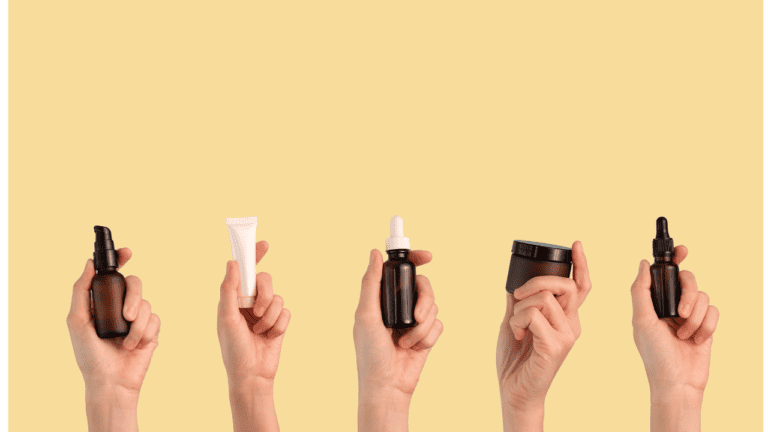In the realm of skincare, red light therapy emerges as a beacon of hope, especially for those grappling with the challenges of oily skin. This article delves into the science and benefits of red light therapy, offering insights and practical tips for those seeking a new avenue in their skincare journey.
Key Takeaways
- Red light therapy offers a non-invasive, effective solution for managing oily skin, reducing sebum production, and improving overall skin texture and tone.
- Safe and easy to integrate into existing skincare routines, it’s important to use red light therapy consistently and follow safety guidelines for optimal results.
- Consultation with a dermatologist is recommended to tailor the treatment to individual skin types and to explore complementary treatments for holistic skincare.
Understanding Oily Skin
The Science Behind Oily Skin
Oily skin, characterized by excessive sebum production, can be attributed to factors like genetics, hormonal fluctuations, and environmental stressors. Understanding these underlying causes is pivotal in addressing oily skin effectively.
Challenges of Oily Skin
Oily skin often paves the way for a host of skin issues, including acne, enlarged pores, and a persistent shine that can affect both skin health and self-confidence. Navigating these challenges requires a combination of effective treatment and daily skin care management.
What is Red Light Therapy?

The Evolution of Red Light Therapy
From its nascent stages in the early 20th century to its current prominence, red light therapy has undergone significant evolution. Initially explored for its healing benefits in medicine, it has now carved a niche in the field of dermatology.
Mechanism of Action
Red light therapy operates on the principle of delivering specific wavelengths of light to the skin, which are absorbed by the mitochondria, leading to enhanced cellular energy production. This process, devoid of UV rays, is safe and beneficial for various skin types. Red light therapy has several benefits to solve the problems such as anti-aging, redness, wrinkles, stretch marks and so on.
Benefits of Red Light Therapy for Oily Skin

Regulating Sebum Production
One of the pivotal benefits of red light therapy is its ability to normalize sebum production, thus addressing the root cause of oily skin.
Enhancing Skin Texture and Tone
Regular use of red light therapy can lead to visible improvements in skin texture and tone, offering a smoother and more balanced complexion.
Combatting Acne and Blemishes
By reducing inflammation and promoting healing, red light therapy can be an effective ally in the battle against acne, a common plight for those with oily skin.
How to Use Red Light Therapy for Oily Skin

Step-by-Step Guide to Red Light Therapy
Using red light therapy for oily skin involves a simple yet specific process. It typically includes cleansing the skin, positioning the light device at a recommended distance, and exposing the skin for a specified duration. Regularity and consistency are key for optimal results.
Integrating Red Light Therapy into Your Skincare Routine
Red light therapy can complement your existing skincare regimen. It’s best used after cleansing but before applying moisturizers or serums to maximize absorption.
Precautions and Best Practices
Safety Guidelines for Red Light Therapy
While red light therapy is generally safe, it’s crucial to follow device instructions. Overexposure should be avoided, and eye protection may be necessary.
Recommendations for Different Skin Types
Consultation with a dermatologist is advisable, particularly for those with sensitive skin or pre-existing conditions, to tailor the therapy to individual needs.
Alternatives and Complementary Treatments
Exploring Other Oily Skin Treatments
While red light therapy is effective, it’s also beneficial to explore other treatments like topical retinoids or salicylic acid for a holistic approach.
Combining Treatments
Often, combining red light therapy with other skincare treatments can yield synergistic effects, improving overall skin health.
Conclusion
Red light therapy emerges as a promising, non-invasive solution for managing oily skin. It’s a testament to how innovative technology can intersect with dermatology to offer effective skincare solutions. However, as with any treatment, it should be considered as part of a broader skincare strategy.
FAQs
How often should I use red light therapy for oily skin?
For best results, it’s typically recommended to use red light therapy 2-3 times per week, but this can vary based on individual skin conditions and the specific device used.
Can red light therapy help with acne scars as well as oily skin?
Red light therapy can aid in the healing process of the skin and may help reduce the appearance of acne scars over time, in addition to its benefits for oily skin.
Do I need a prescription to use red light therapy devices?
No, a prescription is not typically required for red light therapy devices intended for home use, but consulting a healthcare professional before starting any new skincare treatment is advisable.






